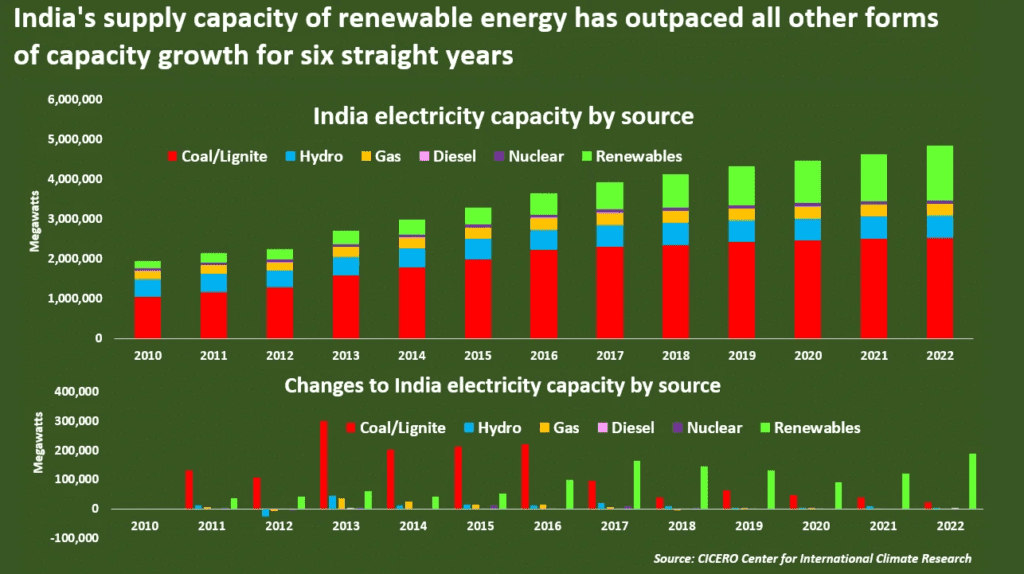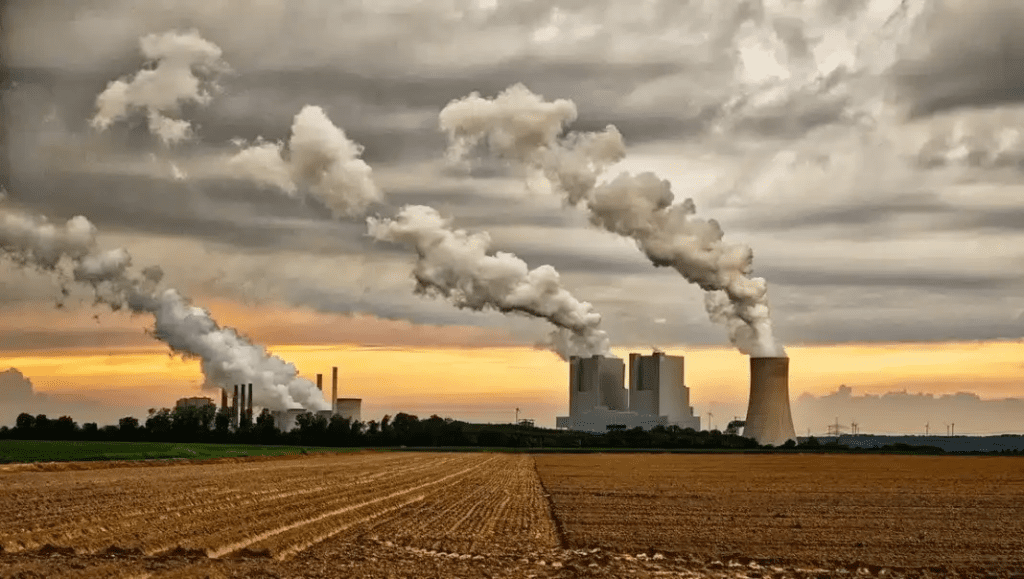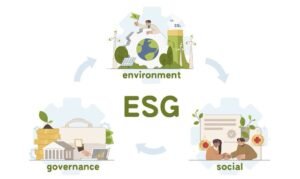In a bold move reflective of its commitment to environmental stewardship, India made headlines in 2024 with the overhaul of its Carbon Credit Trading Scheme (CCTS). This pivotal revision opens the doors for non-obligated entities to actively participate in the tradable carbon credits market, marking a significant stride towards combating climate change. Now, companies and individuals alike possess the agency to voluntarily utilize carbon credits in mitigating their contributions to planet-warming emissions.
Facilitating Voluntary Engagement
The revamped CCTS introduces an offset mechanism, empowering these entities to register projects and procure tradable carbon credit certificates (CCCs). Each credit serves as a tangible representation, equating to one tonne of carbon dioxide equivalent (tCO2e). The overarching objective? To establish an efficient pricing framework for emissions via CCC trading, thereby fostering the expansion of the voluntary carbon market.
The Landscape of Voluntary Carbon Credit Buyers
Under this revised scheme, obligated entities enjoy newfound flexibility, enabling them to procure additional credits or offload surplus ones as deemed necessary. Simultaneously, businesses are afforded the opportunity to engage in CCC trading, effectively leveraging these credits to offset their emissions footprint.

However, it’s worth noting that certain sectors, grappling with challenges in meeting reduction targets—especially those entrenched in hard-to-abate emissions—are exploring alternative avenues. Among these are the possibilities of trading energy-saving certificates (ESCerts) and renewable energy certificates (RECs) as viable offsets.
India’s Transition to Green Energy: A Driving Force
India’s stance as an emerging leader in the global energy transition sphere has been further solidified by recent developments. Hosting the G20 Summit served as a pivotal moment, propelling the nation into the spotlight as a favorable destination for energy transition investments. In a notable feat, the country bolstered its energy capacity by a staggering 17 GW, with non-fossil fuel additions accounting for a substantial 13.8 GW.
Moreover, India’s commitment to fostering a sustainable future is evidenced by its increased financial backing towards catalyzing the green hydrogen ecosystem. Additionally, preparatory measures for domestic carbon markets have been set into motion, further underlining India’s proactive stance in aligning with global decarbonization efforts.
Charting Future Trajectories: International Engagement and Strategic Decisions
Anticipation looms over key decisions regarding international participation in the carbon credit market, slated for the pivotal year of 2024. These decisions are poised to delineate India’s trajectory of engagement in this realm. Furthermore, deliberations surrounding the scope, design, and procedural intricacies of the scheme—including linkages with international standards and registries—are anticipated to take center stage.
Driving Climate Action: India’s Energy Transition Priorities
India’s strategic blueprint for combatting climate change is multi-faceted, with a keen emphasis on steering its energy transition endeavors. Amidst the labyrinth of challenges encompassing energy security and affordability, India remains resolute in intensifying its efforts towards decarbonization. Key focal points include:
Clean Energy Transition Advancement
- Despite the persistent reliance on coal, India is poised to witness a marginal decrease in coal’s share in electricity generation, owing to an anticipated surge in total capacity additions.
- An uptick in domestic fuel supply is on the horizon, with India projected to surpass 1 billion metric tons of domestic coal production in 2024.
- Reforms in gas pricing are poised to catalyze a boost in domestic gas production, further diversifying the energy landscape.
Embracing Green Hydrogen and Ammonia
- Initiatives geared towards fostering local demand and subsidizing excess costs are set to accelerate the adoption of green hydrogen and ammonia.
- Launching novel schemes to aggregate demand from public sector units and large consumers is anticipated to galvanize uptake.
Renewables Spearheading Climate Policy
- The trajectory is set for a monumental surge in renewable capacity additions, with over 20 GW anticipated in 2024.
- Falling module costs coupled with a backlog of tenders are expected to drive record-breaking capacity expansions.
- The prominence of hybrid renewable tenders and standalone storage tenders is on the rise, underscoring India’s unwavering commitment to renewable integration.
Bridging the Emissions Reduction Gap: Integrity Measures and Global Collaborations
In a bid to bridge the chasm between current emissions trajectories and climate imperatives, integrity measures emerge as a cornerstone. A recent report by the Carbon Market Institute underscores the pivotal role of global carbon pricing mechanisms, which amassed a staggering $100 billion in 2022, covering 23% of global greenhouse gas emissions. Despite these strides, government pledges are projected to fall short, necessitating concerted efforts to propel carbon markets towards a trajectory conducive to limiting temperature rises to 1.5°C.

The year 2023 witnessed robust growth in global carbon trading markets, culminating in a record value surpassing $947 billion. Notable peaks were observed in North American and Chinese markets, signaling an era of unprecedented momentum in the global decarbonization crusade.
India’s resolute commitment to revamping its Carbon Credit Trading Scheme mirrors a global shift towards embracing sustainable practices. As the world embarks on a collective journey towards mitigating climate change, India stands poised to emerge as a beacon of environmental stewardship, catalyzing a paradigm shift towards a greener, more sustainable future.





